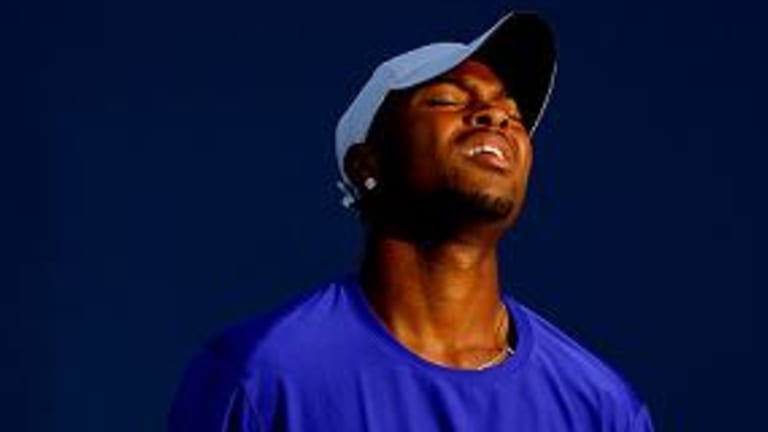By TW Contributing Editor Andrew Burton
Most of the core insights in military strategy were formulated a long time ago. Which is pretty logical, when you think about it, because humans have been fighting for a very long time. "Git thar fust with the most men," "the moral is to the physical as three to one," "everything is very simple in war, but the simplest thing is difficult." (A shoutout to anyone who can identify the sources of these quotes). Then there's one of my favorite aphorisms, "no plan survives contact with the enemy."
Occasionally, a new idea comes along. So if you want to look smart at military strategy parties, or you're trying to find a new metaphor for ATP matches and "trench warfare" isn't cutting it for you, try the OODA Loop (Observe-Orient-Decide-Attack). Alternatively, if that's too much of a mouthful (or if you have difficulty remembering acronyms), we'll put it this way: how do you take time away from your opponent?
Marin Cilic and Donald Young have different approaches to this question, partly due, no doubt, to their different physical endowments. Young, 19 tomorrow, is listed as 6' 0"" on the ATP site, but his slight frame (he's listed at 160lbs) makes him seem 3 inches shorter. Cilic is twenty pounds heavier and 6 inches taller. They didn't play each other today, but the geography of the courts at York University meant that I could sit in the stands at Court 1 and look over and see some of the action on the Grandstand court. On Court 1, Cilic took on Lukas Dlouhy, an obscure Czech doubles specialist who bears a strong resemblance to obscure British actor Mark Williams. On the Grandstand court, Young attempted to upset Gilles Simon, the current (though likely not for long) leader of the US Open series.
Cilic's game plan is pretty simple - hit winners, early. He used his height to hit big first serves and steepling kick second serves, trying to end his service points on the third shot at the latest. His 83% serve hold percentage sounds impressive until you compare it with his peers, the ATP top 50. He's ranked just 19th in this respect, and only 33rd on return games with a 21% break percentage.
Statistics are my bread and butter, but they only tell you part of the story. Watching the first set of Cilic-Dlouhy, I could see that Cilic can hit, but I didn't see any guile in his game. Nor did I see top class speed or quickness. Cilic will be 20 in September - he's about the same age Novak Djokovic was when he played Federer in Melbourne in the 2007 AO R16. Djokovic was already a top 20 player at the time, so maybe the comparison is a little unfair, but you can see that even in a match that Federer won cleanly (58%-42%) Djokovic had all the tools to compete at a very high level.
